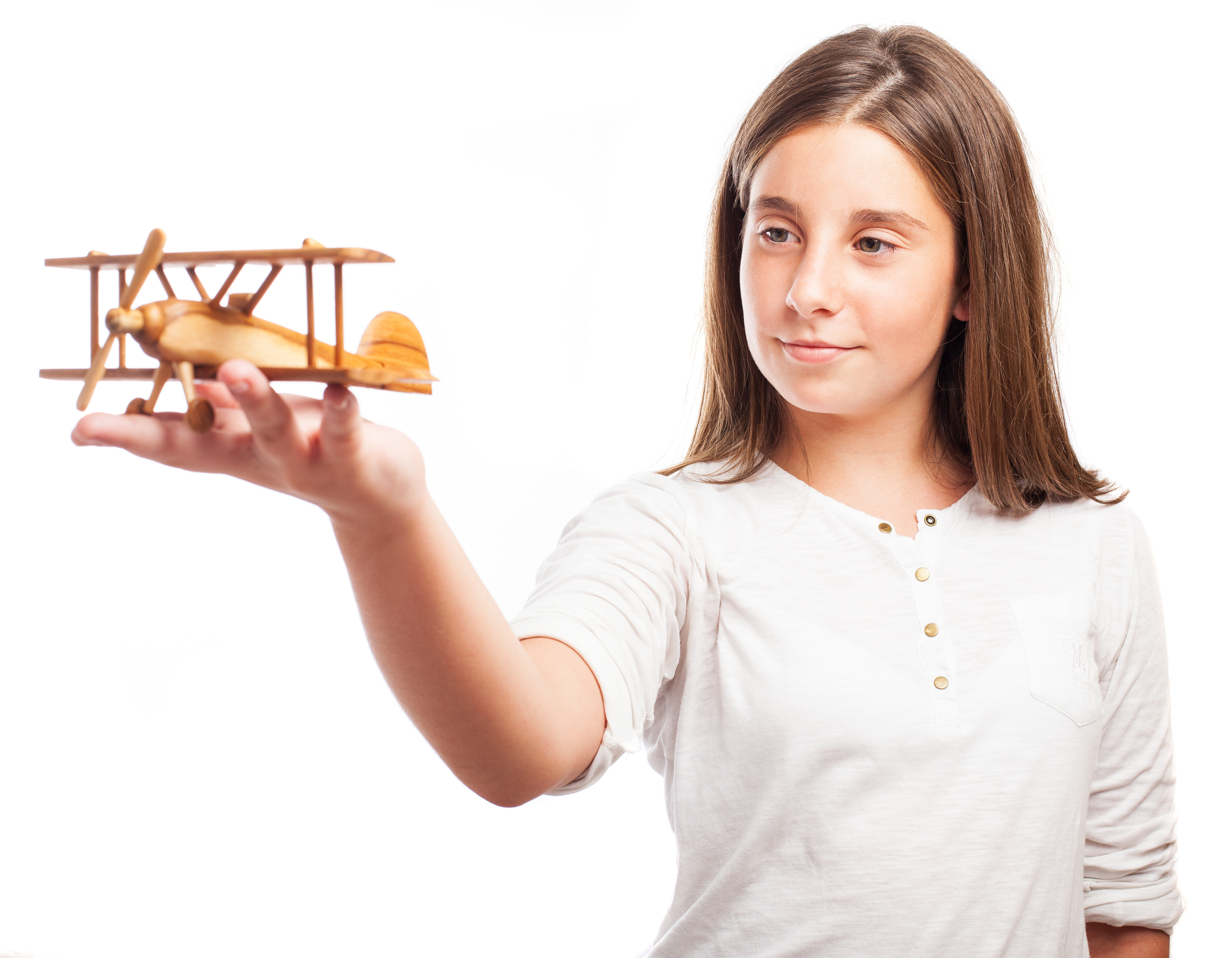Trained Mentors
We have well trained mentors to assist you to build your dream flight model during this course

Aeromodelling is the art and science of designing, building, and flying miniature aircraft, often as a hobby or educational pursuit. It involves creating scaled-down versions of real aircraft or entirely original designs, incorporating the principles of aerodynamics, propulsion, and flight control. Through aeromodelling, enthusiasts learn about the forces of flight—lift, drag, thrust, and weight—while working with materials such as balsa wood, foam, or plastic. It spans various types of models, from simple gliders to sophisticated remote-controlled planes and drones, offering a practical, hands-on way to explore aviation and engineering.
7
6
✅ History and types of aircraft (fixed-wing, rotary, drones)
✅ Basic principles of flight (lift, thrust, drag, and weight)
✅ Overview of aeromodelling
✅ Tools and materials used in aeromodelling
✅ Activity :Introduction to building simple paper planes and testing basic flight.
✅ Bernoulli’s Principle and its role in lift
✅ Forces acting on an aircraft
✅ Airfoil design and wing shapes
✅ Understanding stability and control
✅ Activity :Designing and testing different paper plane models with varying wing shapes.
✅ Overview of Remote-Controlled (RC) aircraft.
✅ Components of RC planes (servo motors, propellers, ESC, batteries, transmitters, receivers).
✅ Importance of weight distribution
✅ Types of power sources (electric, gas).
✅ Activity :Assembling a simple static model to understand components and structure
✅ Understanding the control surfaces: ailerons, elevators, rudder.
✅ Importance of the center of gravity (CG) in flight
✅ Basic flight maneuvers (pitch, roll, yaw).
✅ RC flight modes (manual vs autopilot).
✅ ActivitySimulating control surface movement with cardboard models.
✅ Types of propulsion: propellers, EDFs, and jet engines.
✅ Propulsion efficiency and power-to-weight ratio
✅ Selecting the right motor and propeller for your model
✅ Activity: HDemonstration of propulsion systems and setting up a basic electric motor on an aircraft model.
✅ Step-by-step guide on building a beginner RC aircraft.
✅ Wiring, electronics setup, and balancing the aircraft.
✅ Pre-flight checks: transmitter calibration, surface control check.
✅ Activity :Building the main structure of a foam RC aircraft model
✅Preparing for the first flight
✅ Basic flying techniques and understanding wind patterns
✅Common issues and troubleshooting during flights (stalling, control loss)
✅ Importance of safety in aeromodelling
✅Activity :Conducting the first flight of the built model, with supervision.
Remote Pilot Training Organisation Under UAS Rules – 2021.
We have well trained mentors to assist you to build your dream flight model during this course
Highly Qualified & DGCA Approved Instructors offering 1 to 1 Flying Lessons for Individual Attention.
We Provide Certificate with Validity of Maximum 10 years, as per UAS Rules – 2021.
Best in Class in Flight Simulators, High Quality, Built in NPNT and Make In India Drones.
The best classroom infrastructure includes modern digital tools combined with ergonomic furniture
A growing field that offers numerous career opportunities across various industries.
Send Request for Call Back